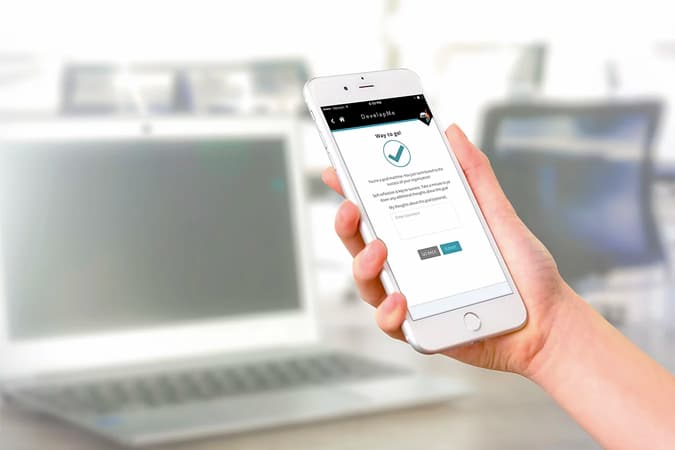We at The Leadership Analytics Group believe fully in the revolutionary power of real-time performance feedback, and discuss its benefits in greater detail here. Our team is far from alone: “transparent performance data has already displaced traditional performance feedback in nearly 10 percent of Fortune 500 companies” (Cunningham & McGregor, 2015). Industry leaders recognize the real-time benefits and are reorienting their feedback mechanisms accordingly. For example, GE recently adopted a real-time feedback system to increase agility and collaboration. The company notes, “Today, when priorities can change by the hour, we can’t wait until an EMS-style annual review to share 90% of our feedback on how an employee is performing against goals, what learning and development opportunities they should pursue next, or what they need to do to move to their next role. Managers and employees must be able to focus on contributions and impact within the context of current priorities. By emphasizing day-to-day development, we expect to drive better performance overall.” Introducing real-time feedback has proven tremendously beneficial: GE reported a “fivefold increase in productivity.”
However, your organization does not need the massive resource base of GE to utilize real-time feedback. We work with clients of all shapes and sizes, from startups with small teams to Fortune 500 companies with thousands of employees. Real-time feedback applies analytics to empower employees to seize control of their careers and development. Accenture Strategy research reports, “providing employees with real-time performance data is ranked among the top-three changes that would most improve workforce performance.” However, as a 2017 Harvard and USC collaborative study, “Seeing Where You Stand: From Feedback Performance to Feedback Transparency” indicates, employees need guidance throughout the transition to real-time feedback for maximum benefits. Employees can require help interpreting feedback, and instruction on how to effectively provide it. Once acclimated, employees should be continuously supported to maintain productive feedback habits. Otherwise, many of the initial benefits from the change effort may be lost. Human interpretation and interaction remain an absolute necessity. However, human resources are limited, and employees cannot possibly have a supervisor with them at all times. How then to continuously support employees to maximize the personal and organization-wide benefits of real-time feedback? Find out now.

